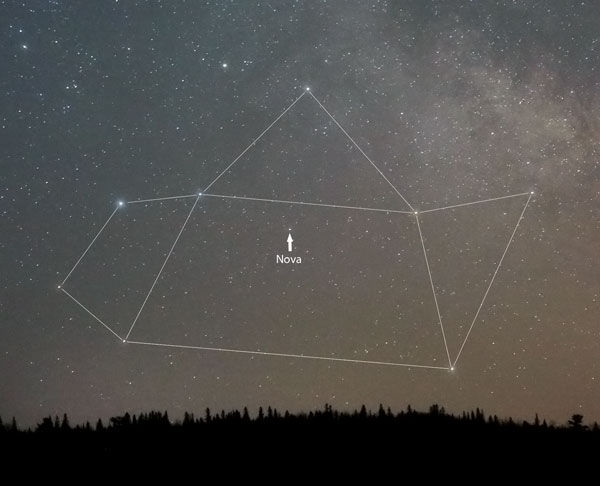The only place where you can see 7Be in the whole Universe
- Paolo Molaro, Luca Izzo, Elena Mason
- 17 ott 2016
- Tempo di lettura: 1 min

Highly enriched 7Be in the ejecta of Nova Sagittarii 2015 No. 2 (V5668 Sgr) and the Galactic 7Li origin
We report on the evidence of highly blue-shifted resonance lines of the singly ionised isotope of 7BeII in high resolution UVES spectra of Nova Sagittarii 2015 No. 2 (V5668 Sgr). The resonance doublet lines 7BeII at lambda 313.0583, 313.1228 nm are clearly detected in several non saturated and partially resolved high velocity components during the evolution of the outburst. The total absorption identified with Beryllium has an equivalent width much larger than all other elements and comparable to hydrogen. We estimate an atomic fraction N(7Be)/N(Ca) ~ 53-69 from unsaturated and resolved absorption components. The detection of 7Be in several high velocity components shows that it has been freshly created in a thermonuclear runaway via the reaction 3He}(alpha,gamma) 7Be during the Nova explosion, as postulated by Arnould and Norgaard (1975) , however in much larger amounts than predicted by current models. 7Be decays to 7Li with a half-life of 53.22 days, comparable to the temporal span covered by the observations. The non detection of LiI requires that LiII remains ionised throughout our observations. The massive 7Be ejecta result into a 7Li production that is about 4.7-4.9 dex above the meteoritic abundance. If such a high production is common even in a small fraction (~5%) of Novae, they can make all the "stellar" 7Li of the Milky Way. Comunicato stampa su Le Scienze , full article on ADS.

























Commenti